Table Of Content
Table Of Content
The Causes of Screen Flickering in USB 3.2 C to C Connections During Production: A Technical Analysis
There are several potential causes for screen flickering when using USB 3.2 C to C connections during the production process. These issues are related to hardware design, manufacturing quality, material selection, and production processes. Specifically, the following factors may cause screen flickering:

Poor Contact:
- Soldering Quality of USB-C Connectors: If the USB-C connector is poorly soldered or if the solder joints are uneven, it can lead to unstable signal transmission, which in turn can cause screen flickering.
- Cable Quality: If there is poor contact or loose connectors at either end of the cable (USB-C connectors), it may cause signal loss or interference, leading to screen flickering.
Signal Interference:
- Insufficient Shielding: The USB 3.2 protocol requires high-bandwidth signal transmission (such as 4K 60Hz video). If the shielding of the cable is poorly designed or made from substandard materials, external electromagnetic interference can enter the signal line, affecting the stability of the data transmission and causing flickering.
- Excessive Cable Length: While your product specifications are 1.5 meters, beyond a certain length, the signal may attenuate, especially during high-speed data transmission. Longer cables are more susceptible to interference, which can lead to transmission errors or instability, causing flickering.
Data Transfer Rate Issues:
- Insufficient Bandwidth: USB 3.2 C supports data transfer rates up to 20Gbps. If non-compliant chips or transmission lines are used during manufacturing, bandwidth may be limited, leading to lower image refresh rates or signal loss, causing flickering issues.
- Power Supply Issues: With PD 100W, the device requires a stable power supply. If the power lines in the cable are poorly designed, voltage fluctuations may occur, affecting the proper operation of the device, particularly when transmitting high-power data.
Internal Cable Connection Issues:
- Damaged or Loose Internal Wires: During production, if the internal wires of the cable are damaged, broken, or poorly connected, it can result in signal loss or attenuation, causing flickering.
- Connector Quality Issues: Poor connector design or low-quality materials (such as corrosion on metal contact points) can lead to unstable connections, affecting stable video signal transmission and causing flickering.
Testing Equipment Issues During Production:
- Insufficient Testing: If proper quality control and final testing are not conducted during production, failing to verify each cable’s performance under real-world conditions (such as signal stability and bandwidth capacity) may overlook potential flickering issues.
Temperature and Environmental Factors:
- Temperature Impact: During production, extreme temperatures (either too high or too low) may alter the physical properties of certain materials, affecting the electrical performance of the cable and causing signal transmission anomalies, which can result in screen flickering.
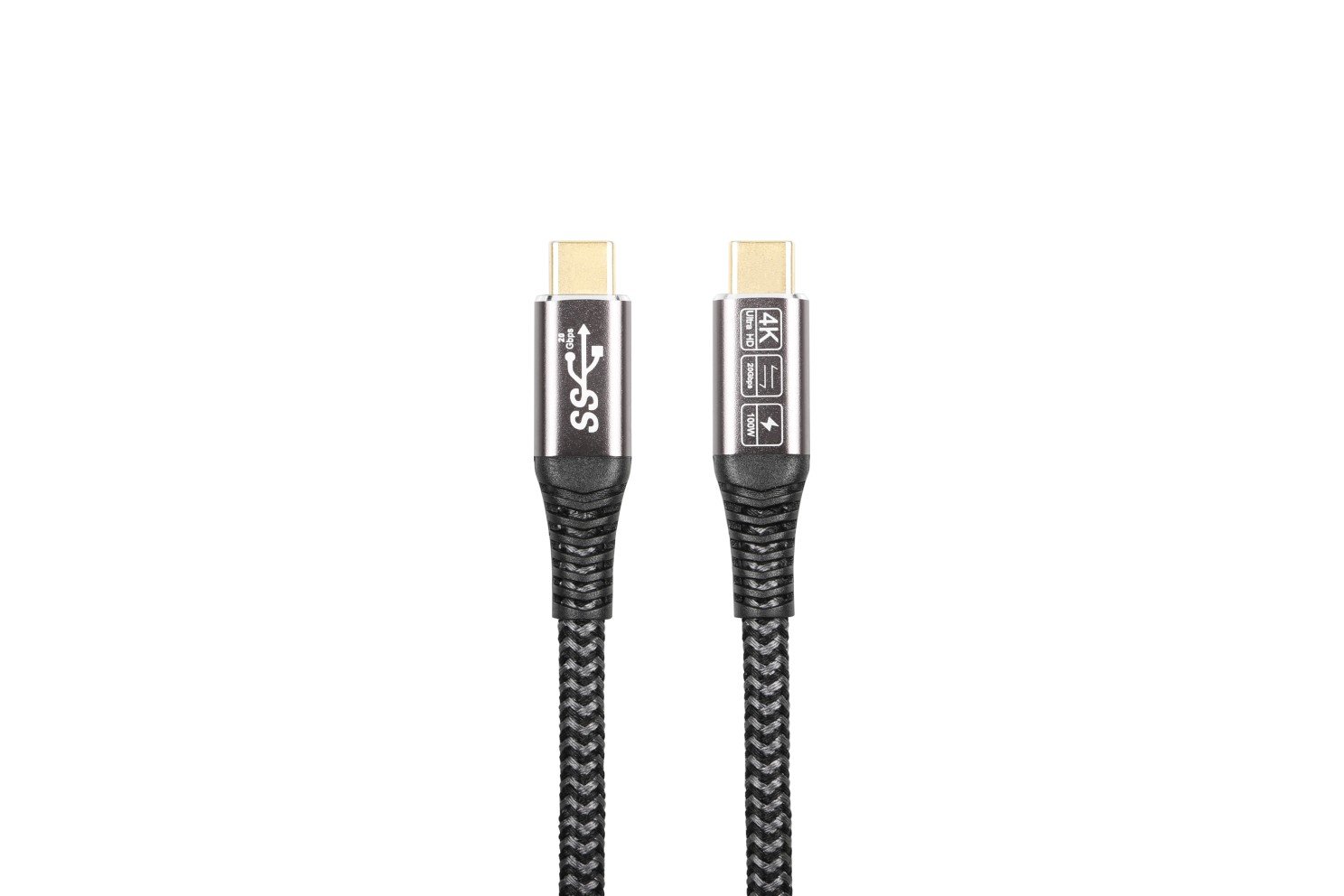
Conclusion:
Flickering issues generally involve the stability of the connection, power supply, and signal interference or attenuation. Ensuring quality control of the product—such as selecting high-quality materials, optimizing soldering and connection processes, and conducting thorough transmission and power testing—is crucial to prevent these issues.
Discover more: www.starfirecableshubs.com

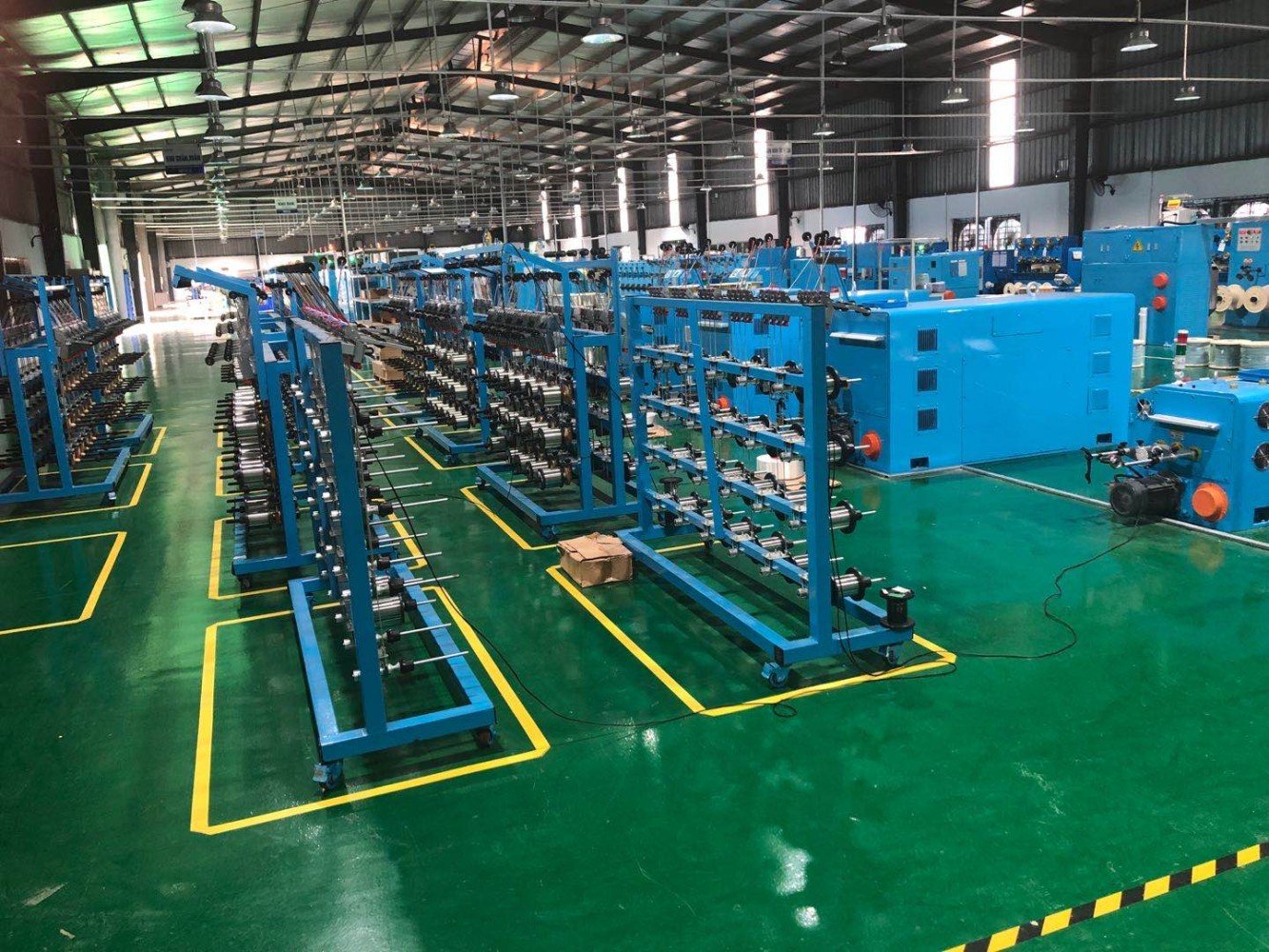
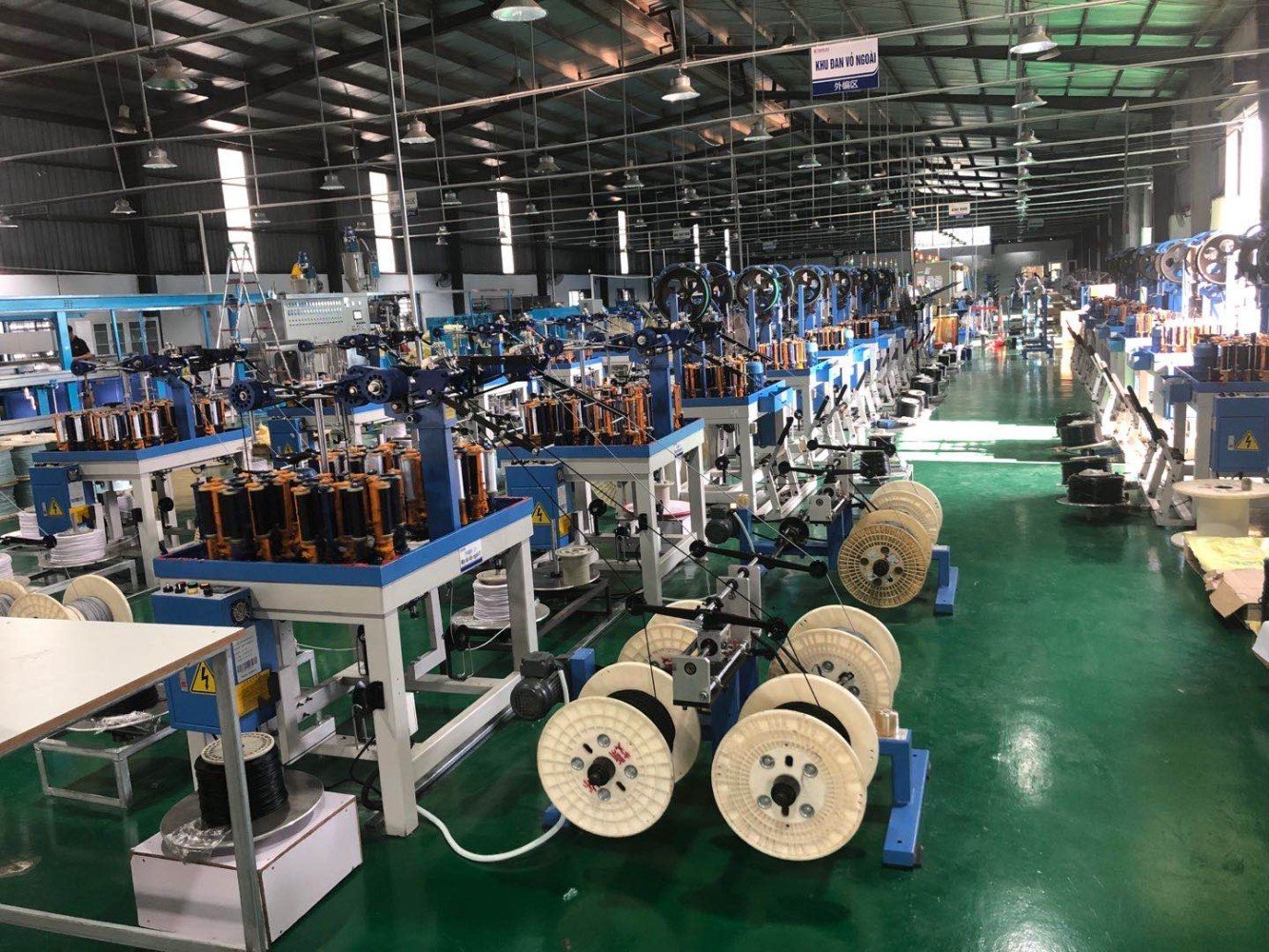
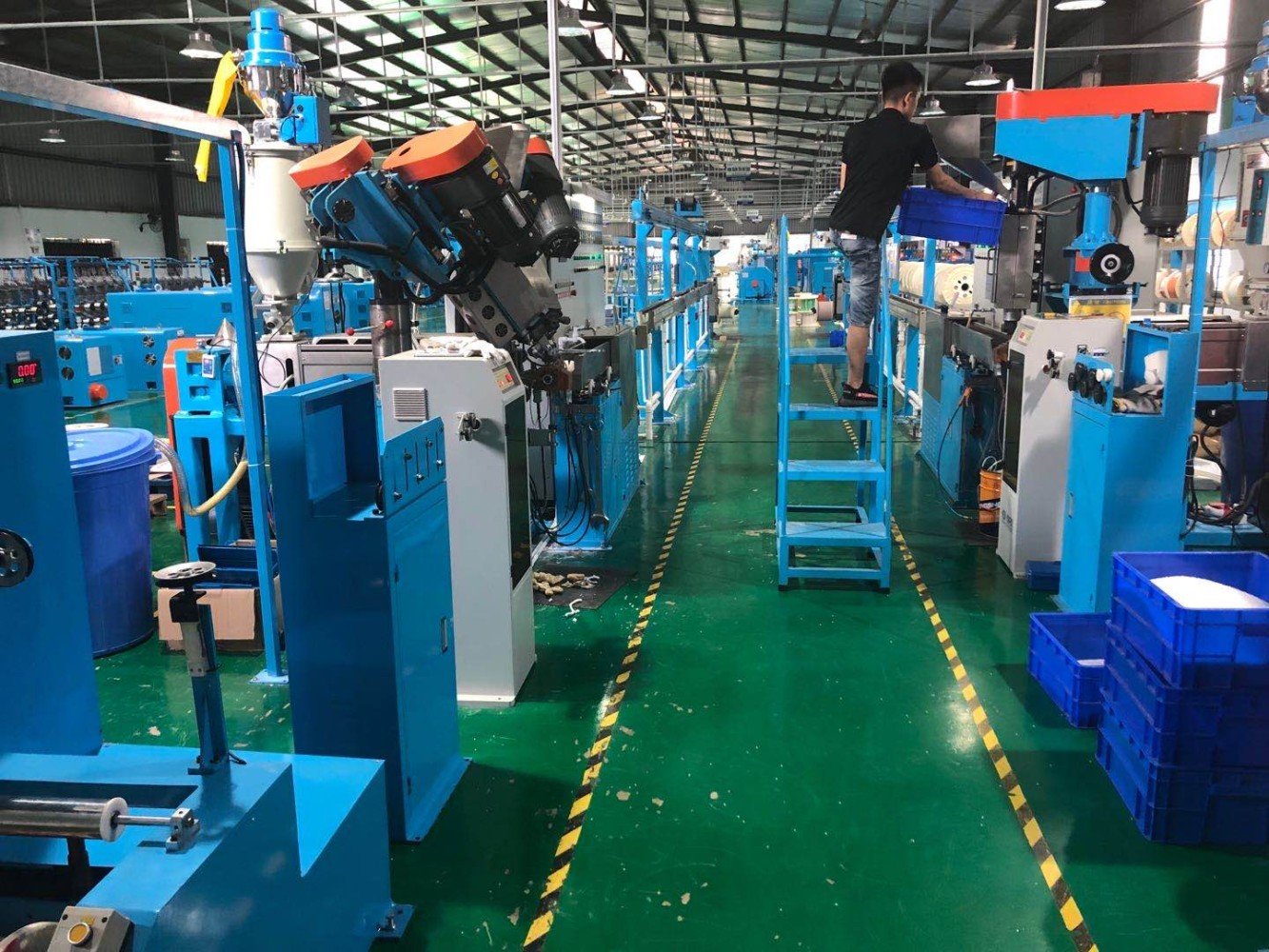
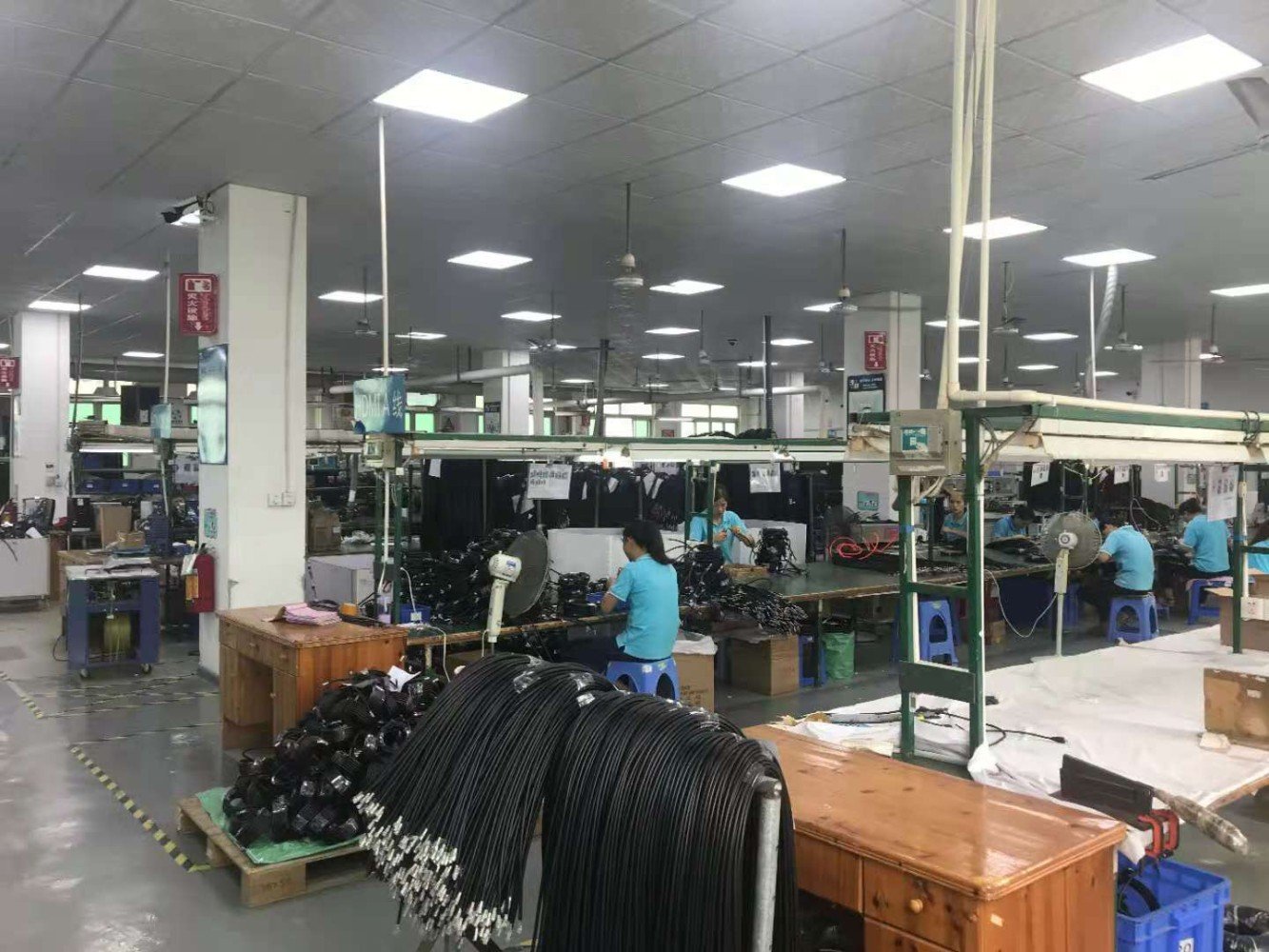
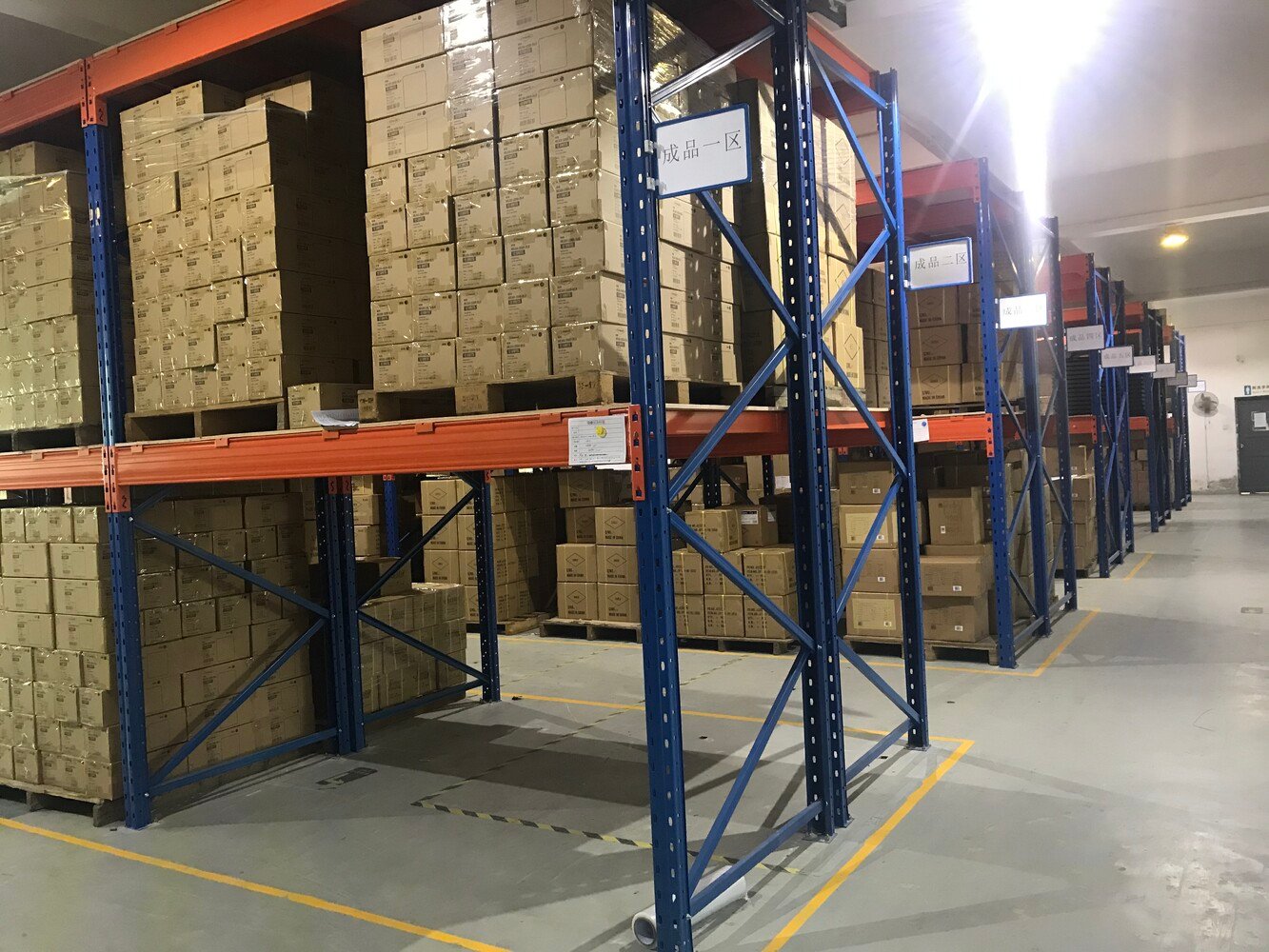
For any cable assy. needs, Pls. reach out us at sales@starfiretechcn.com








